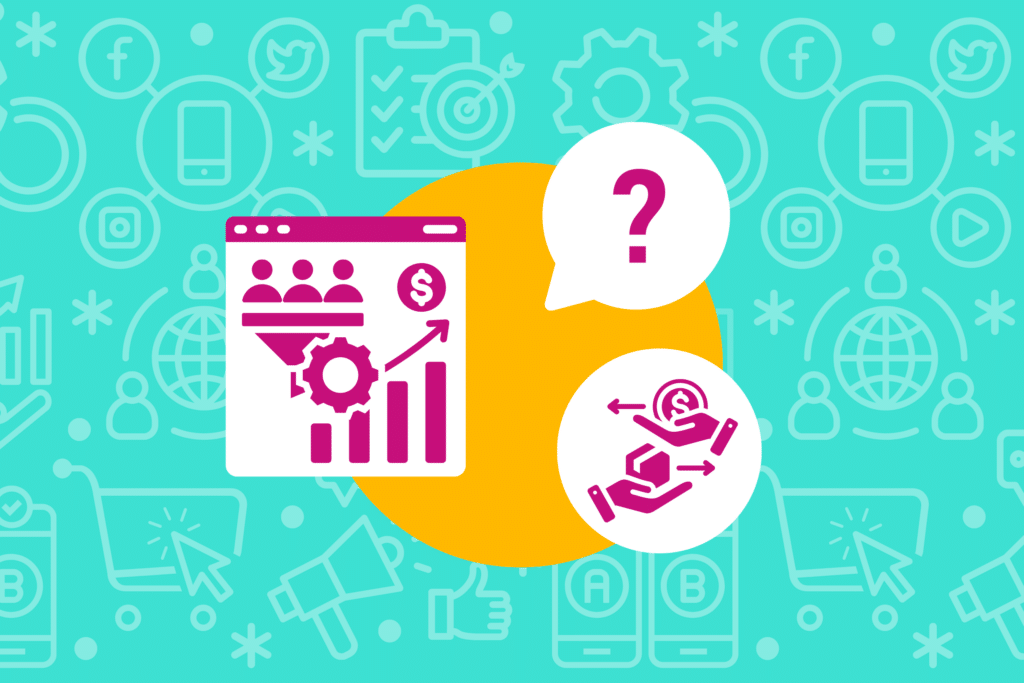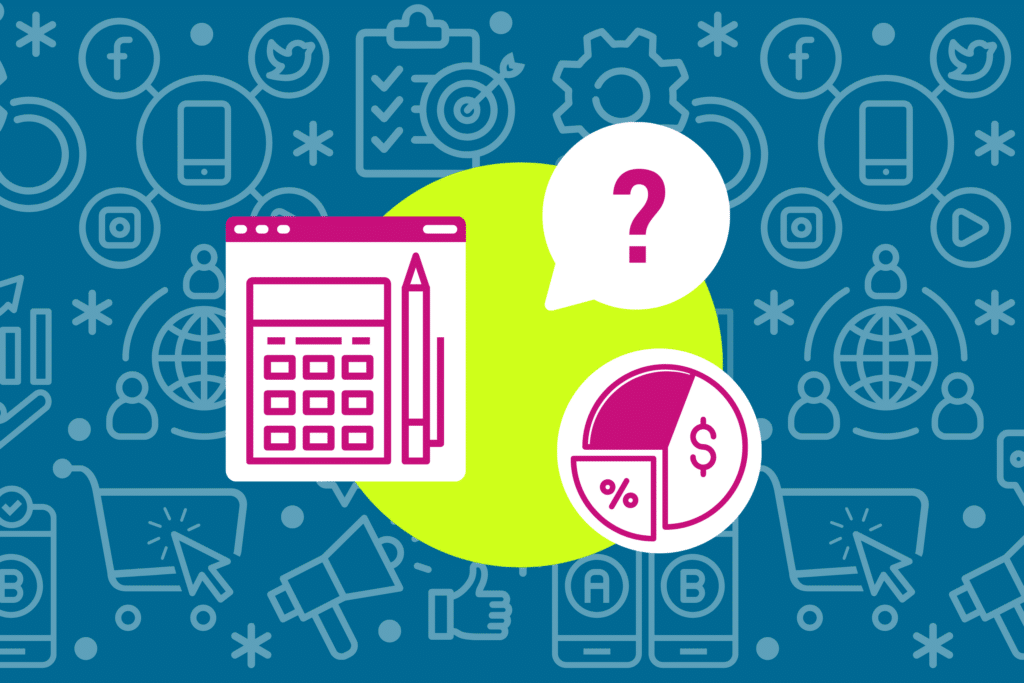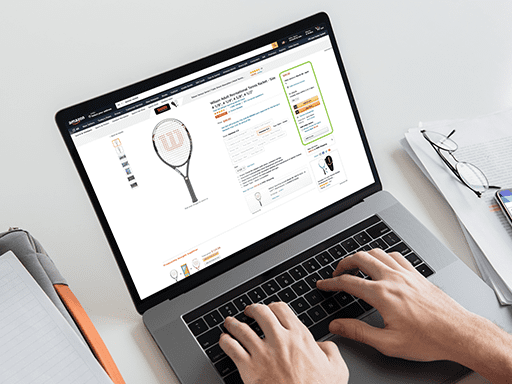Do you have an action plan for when disaster strikes? No, we’re not talking about Zombies or Doomsday prepping—we’re talking about having a Plan B for when your ecommerce campaigns aren’t going as planned. When budgets get tighter or external factors impact your business, you need to have a plan to build long-term profitability.
In this blog, you’ll learn how to plan for the long-term growth of your business and make sure your business can handle any obstacles that come your way.

A Client Who Was in The Same Boat
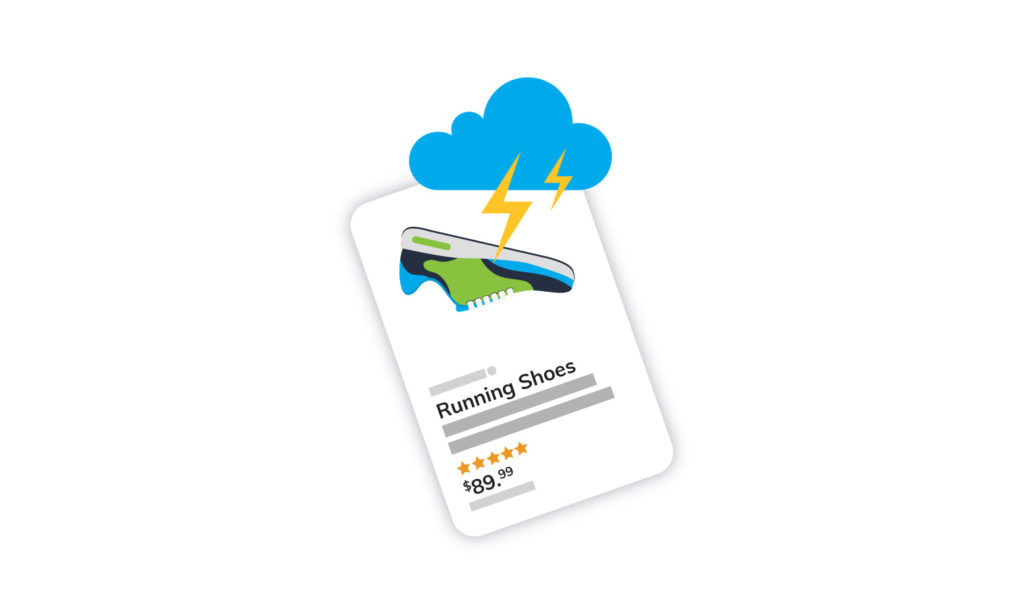
Curious what we mean when we say disaster strikes? We had a client on Amazon who overcame unfavorable business conditions.
This client started with us in 2019 and had their best month yet in January 2020—and they still had potential to keep growing. However, due to external factors in 2020, no one was buying our client’s products. These external factors put a halt to their growth.
As their agency, what did we do? We maintained profitability in the long term and adapted to the changing conditions. We cut back on bids (to preserve profit) and broadened their targeting options.
In the end, external factors subsided, and we were able to return bids to their normal level and rescale their campaigns—all because we created a plan of action to ensure their campaigns stayed profitable (even if it meant less spend and fewer sales in the short term).
Now that you know how we did it, let’s look at some ways you can preserve profitability for your business when your circumstances take a turn for the worse.

Ways to Build Long-Term Profitability
1. Cut Back on Ad Spend
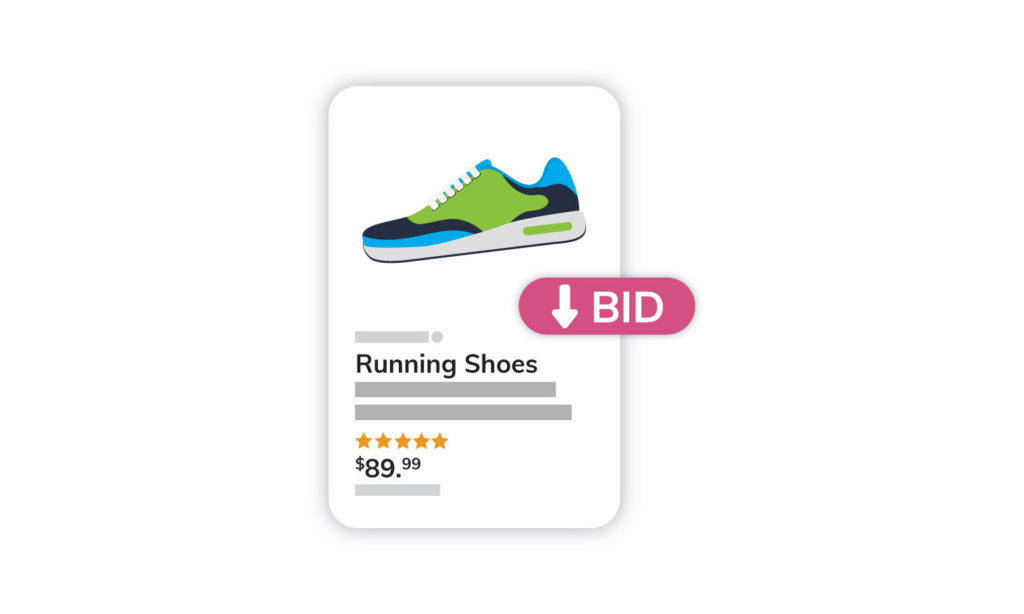
First, you will need to cut back on ad spend. Lowering your bids is a good place to start building long-term profitability. It is important to note, you shouldn’t completely turn off all of your advertising spend. Like Henry Ford said, “The man who stops advertising to save money, is like the man who stops a clock to save time.”
Continue to spend as much as you can while still remaining profitable. Even though your first instinct might be to completely turn off ad spend, this could do more harm than good. Instead, reinvest a smaller portion of your profit in ad spend than you normally would. Then, you can preserve more profit to have extra cash flow for these uncertain times.
Learn more about why you shouldn’t turn off ad spend here.
2. Expand Your Targeting
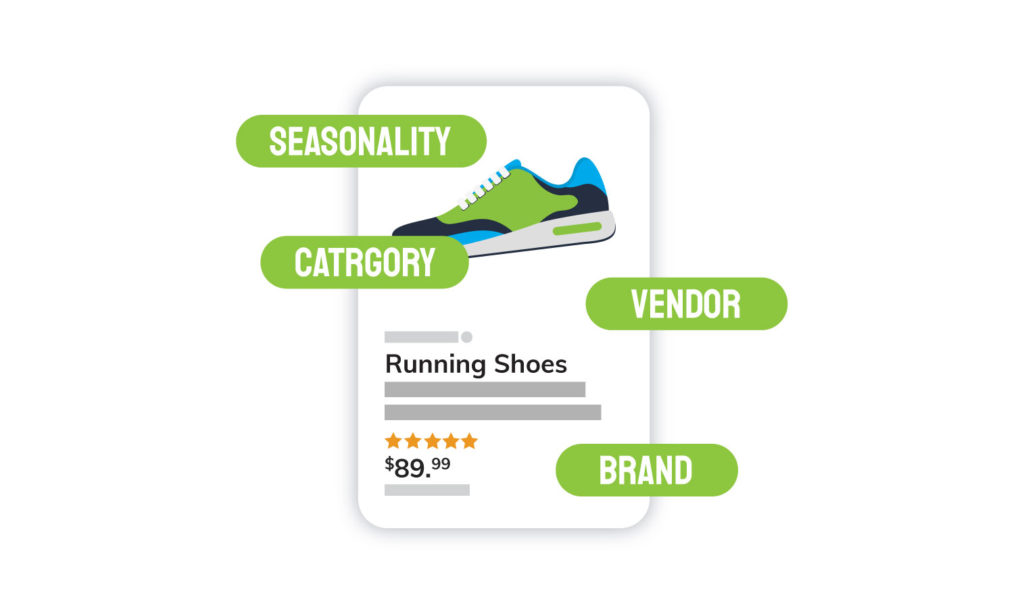
The client in our story above advertised on Amazon. In a typical Amazon campaign structure, we segment products into a single product ad group structure. This allows us to finely-tune ad spend toward top-performing products, and away from poor performers. However, when their circumstances changed, we needed to change our strategy to match. To adapt, we created bigger category-level ad groups that acted as a catchall for all products.
Why did we do this? When ad spend is especially low, it can be difficult to spend enough on single product ads to create meaningful revenue data (especially when sales are slow.) Grouping these products together meant that we could cut spend while still spending enough to make meaningful advertising decisions.
When creating these larger groupings, it’s wise to consider relevant factors. The most important factor being cost of goods—which allows you to guarantee that all of your products achieve the same rate of profit. Outside of cost of goods, there are an endless number of factors to consider, including:
- Category
- Brand
- Vendor
- Seasonality
- Amazon Commission
- Amazon Fees
Think about what factors make sense for your business—and which segmentation strategy will give you the most control over your ad spend.
As sales began to fall, many single product ad groups were no longer profitable. To remedy this, we paused each single product ad group, while simultaneously targeting that same product within one of our larger campaigns.
3. Scale Back Up Wisely
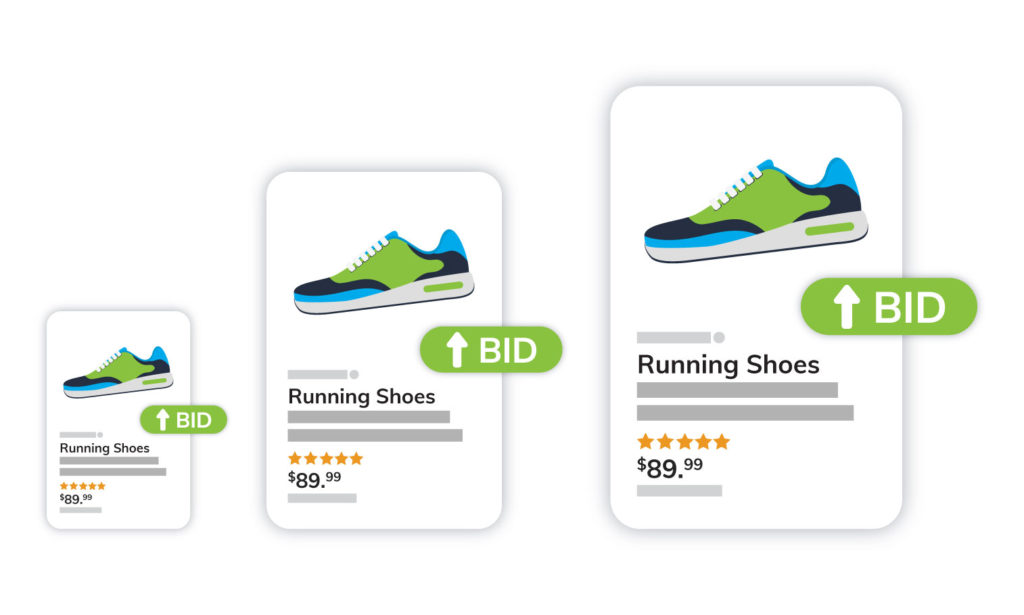
The goal of these changes is to build long-term profitability for your campaigns. Eventually, you’ll want to begin scaling your advertising (hopefully back to its original state).
The key here is to scale gradually. Don’t jump the gun as soon as conditions start to look favorable. You’ll need to slowly ramp up ad spend and make sure you’re doing so in a profitable way. Make sure your fulfillment side can handle the increased orders, as well.
Overtime, you can start to move your top products back into their own ad groups if it makes sense for your business. You should consider doing this because top products can overwhelm other products in an ad group. By segmenting top products into their own ad groups, you give every product a chance to sell (not just your bestsellers). Check out our guide to segmenting out top-performers.
This is especially important on Amazon, where ad spend is often necessary for winning the buy box. Learn more about how to win the Amazon buy box here.

Start Building Long-Term Profitability
Is your business prepared for the future? The most important thing to consider is building long-term profitability for your business, which starts with growing incremental profit.
By slowly growing profit over time, you’ll have more available cash flow to work with when your business circumstances change. Places to start growing profit in your business include:
- Account for Commission When Bidding on Amazon
- Track Profit for a Lower ACoS
- Optimize Your Amazon Campaigns
Check out the above resources and start making your business a profit-driven business. It will help you be ready for anything that comes your way. If you need help growing profit, reach out to speak with an analyst to learn how you can grow incremental profit for your business.
You can also contact our team to learn how our Shopify reporting integration turns your marketing campaign data into actionable insights.




